How PepsiCo achieved its water efficiency goal two years early
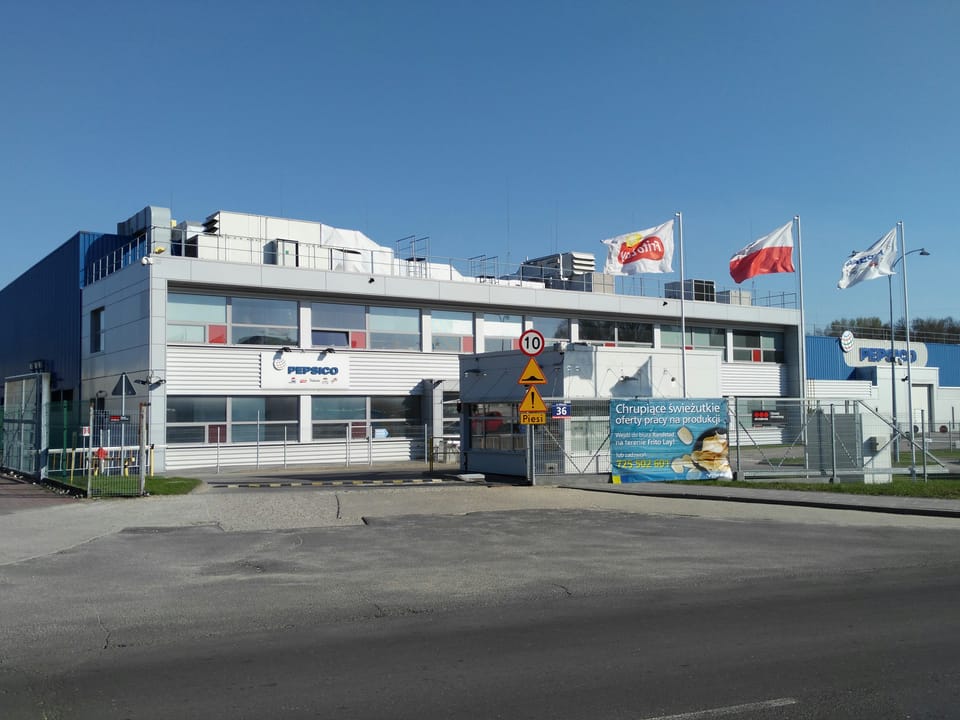
Rainwater harvesting, standards adoption and a coding adjustment all helped PepsiCo increase water efficiency by 25% two years ahead of schedule.
PepsiCo announced at the end of last week that it had achieved its 2025 water efficiency goal two years early. Taking to Linkedin, Chief Sustainability Officer Jim Andrew commented: “Water is a fundamental human right and yet water insecurity remains a significant global challenge with billions of people lacking access. I’m proud to have achieved this goal early but we won’t rest until we’ve achieved our vision, that wherever in the world we operate, water resources will be in a better state than before we arrived.”
A creative change in the corn cooking code
He then shared the story of one research and development engineer who found a way to tweak the computer code governing the corn cooking process for tortilla and corn chips, saving the company 38 million litres of water across 100 facilities in North America, Latin America, Europe and Africa in just the second half of 2023.
Spread across PepsiCo’s entire operation, it could save more than 640 million litres of water annually — “with zero additional cost or equipment”, by reducing water needs by up to 87% in a specific step of the cooking process.
PepsiCo water recycling and rainwater harvesting
In addition to this adjustment, PepsiCo has adopted different water management strategies across its global facilities. For instance, the company has implemented membrane bioreactor technology at 21 manufacturing sites globally to purify process water to drinking-level standards for reuse in operations, allowing a site to reduce its freshwater demand by an average of 70%.
Through this method, PepsiCo has created a “fully circular water system” in Mexico, where its Vallejo facility managed to operate with zero freshwater consumption for more than 200 days in 2022. The same result was achieved in Colombia, where the Funza site worked on 100% harvested rainwater for more than 200 days that same year.
Other sites in India, Poland and Thailand are capturing the vapour released by cooking potatoes and converting it into potable water that can be reused. According to the company, this process can save each site up to 60 million litres of water per year.
“Every time I visit a PepsiCo site, the passion for conservation and innovation around water efficiency is clear,” added Andrew.
Alliance for Water Stewardship (AWS) Standard
Another aspect of PepsiCo’s water strategy is to adopt the AWS standard across its facilities: at the end of 2022, 61 of them were in the process of adopting it, and eight had completed adoption, according to the company’s ESG summary.
The AWS International Water Stewardship Standard requires factories to gather data on their local water use and challenges, develop and implement a water stewardship plan and report on their progress.
PepsiCo has also been recognised by CDP for its leadership in corporate transparency and performance on water security – being one of 101 companies that received an A list ranking for water security disclosures.


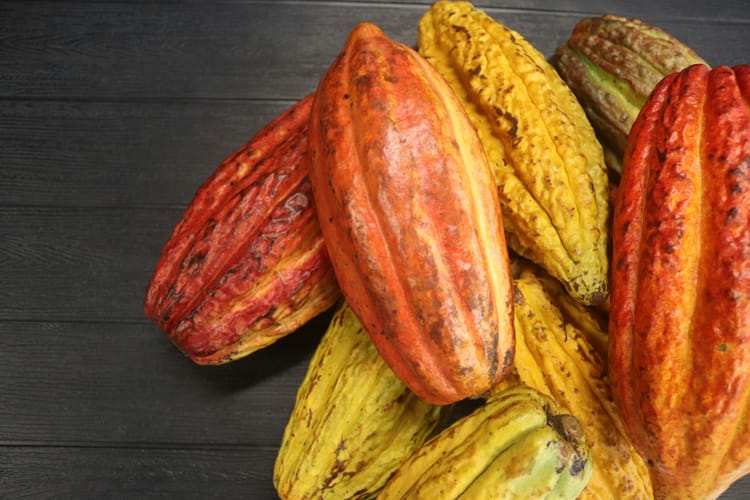

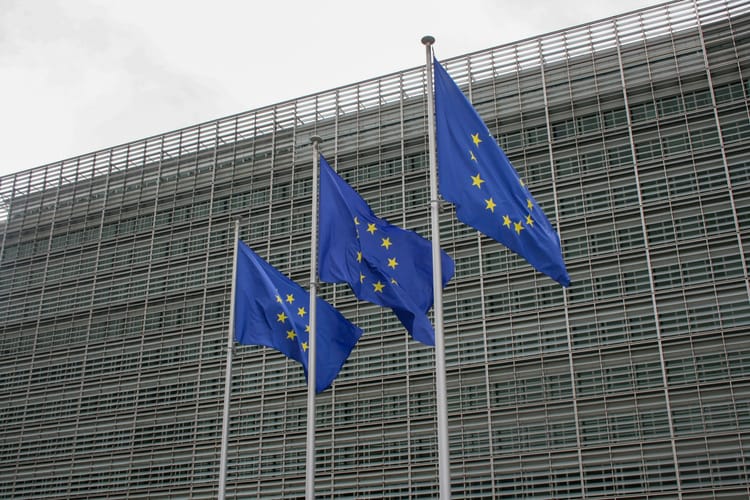
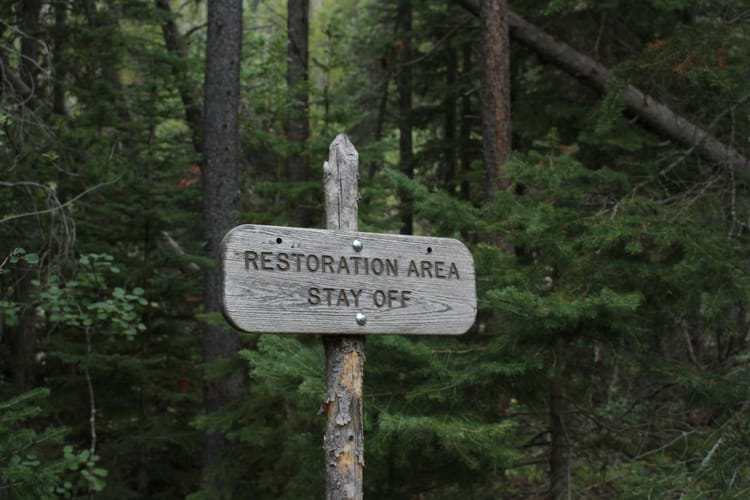
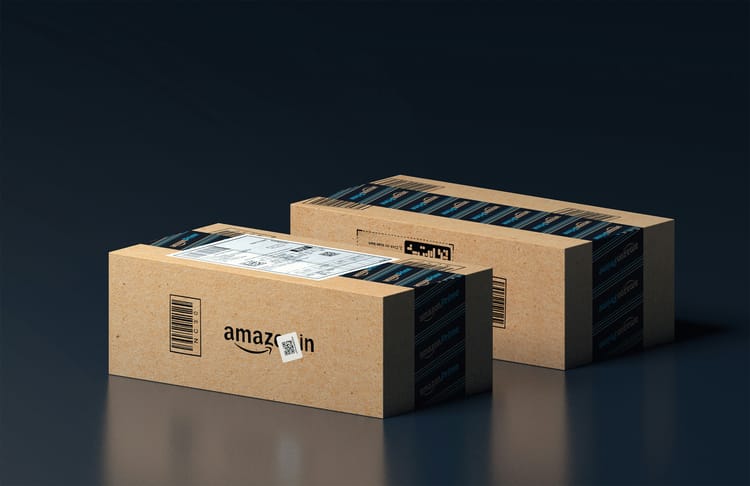
Member discussion